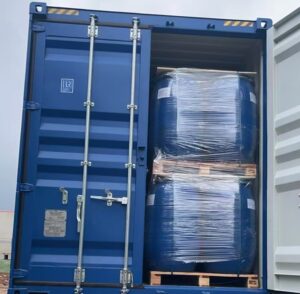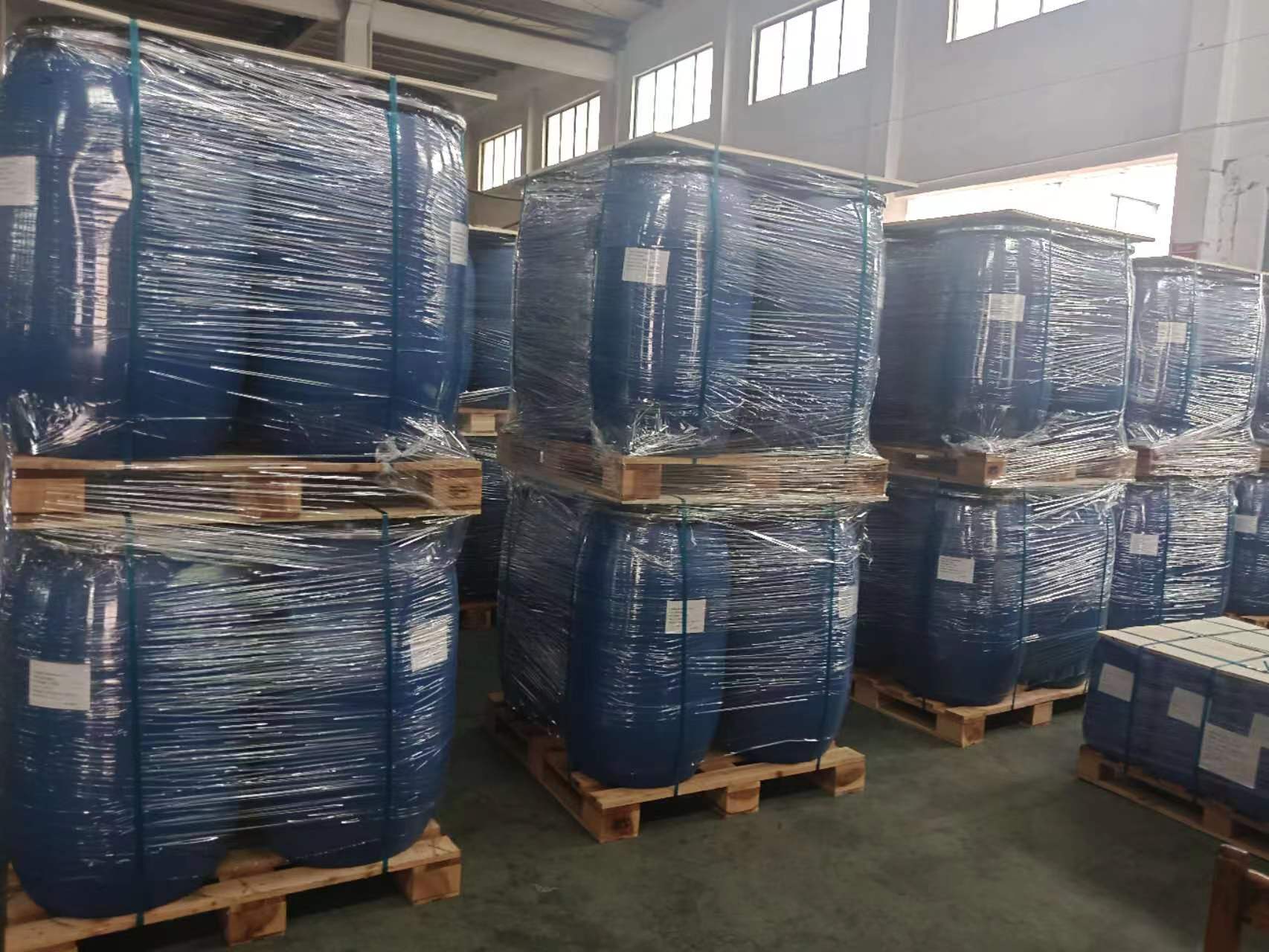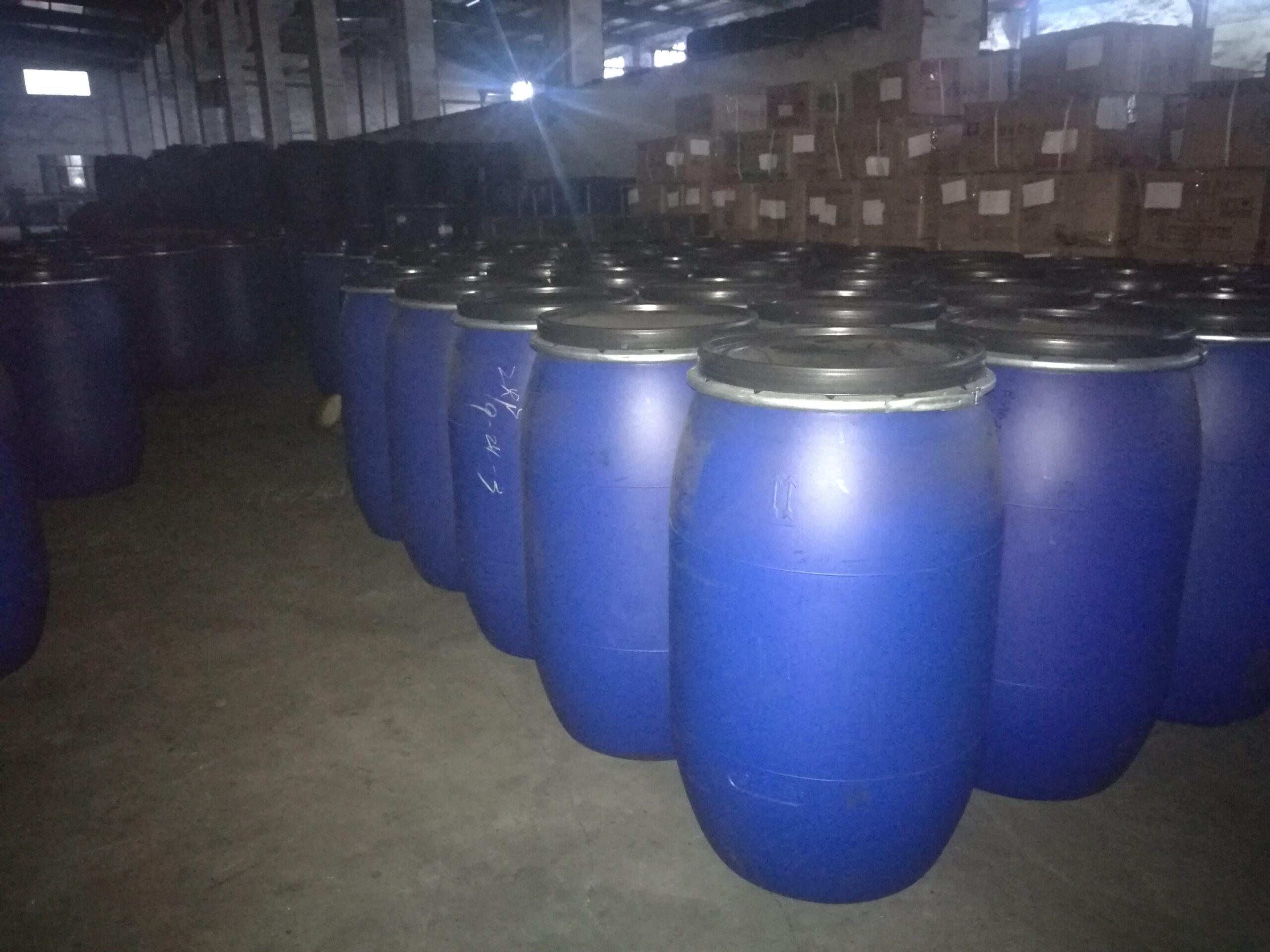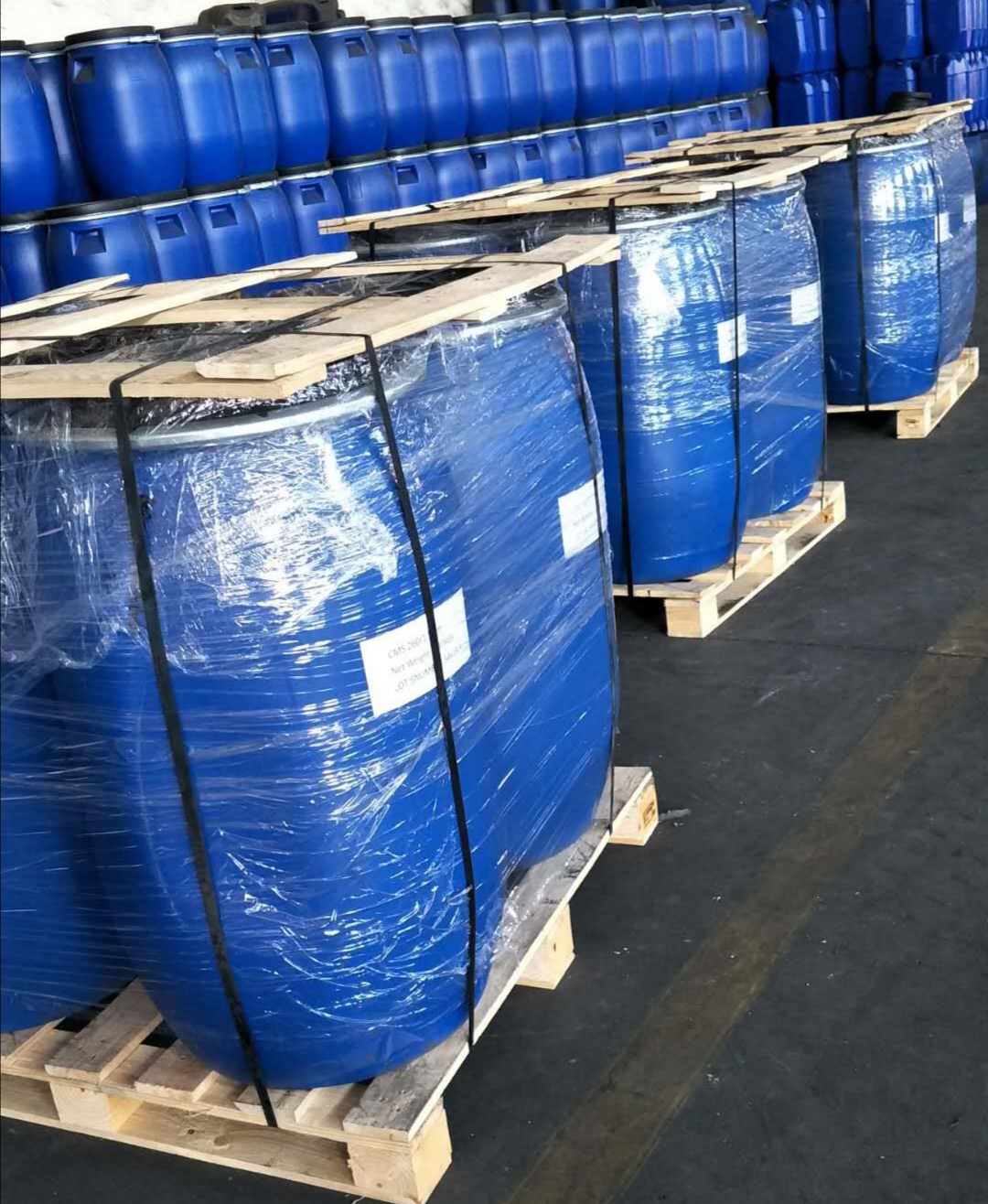How to evaluate the cost-effectiveness of carbon molecular sieves?
To assess the cost-effectiveness of carbon molecular sieves, multiple factors need to be considered. Here are some key aspects:
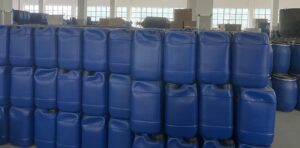
1. Nitrogen production and purity
Nitrogen production: The choice should be based on the actual demand for nitrogen. If the enterprise requires a large amount of nitrogen, a molecular sieve with high nitrogen production capacity should be selected to ensure that the production requirements can be met. For example, large chemical enterprises may need equipment that can produce thousands of cubic meters of nitrogen per hour, while small laboratories may only need a few cubic meters per hour.
Purity: Different application scenarios have different requirements for nitrogen purity. For example, food preservation usually requires nitrogen with a purity of about 99%, while electronic chip manufacturing may require high-purity nitrogen above 99.999%. Under the premise of meeting the purity requirements, it is advisable to choose carbon molecular sieves that can produce the required purity at a lower cost.
2. Adsorption capacity
Adsorption capacity: Molecular sieves with high adsorption capacity can adsorb more impurity gases in a unit of time, thereby improving the purity and output of nitrogen. For example, under the same working conditions, molecular sieves with high adsorption capacity can maintain stable nitrogen production quality for a longer period and reduce the regeneration cycle, increasing the production efficiency.
Adsorption rate: A faster adsorption rate can make the molecular sieve reach the adsorption equilibrium more quickly, shorten the nitrogen production cycle, and increase the nitrogen output per unit time. This is particularly important for scenarios that require timely nitrogen supply.
3. Service life
The normal service life of carbon molecular sieves can reduce the frequency of replacement and lower the long-term operating costs. Excellent carbon molecular sieves, under normal working conditions, may not need to be replaced for several years or even decades, while inferior carbon molecular sieves may show performance decline in a short period and require frequent replacements, increasing maintenance costs and downtime.
Anti-poisoning ability: Carbon molecular sieves may be affected by some impurities during use, reducing their adsorption performance. Molecular sieves with strong anti-poisoning ability can maintain better stability in complex working conditions and extend the service life. For example, in some gas sources containing trace amounts of sulfides, hydrocarbons, etc., molecular sieves with strong anti-poisoning ability can perform better.
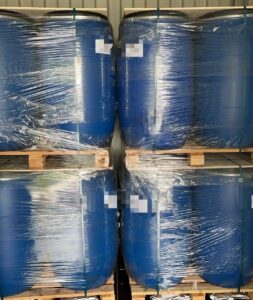
4. Regeneration performance
Regeneration energy consumption: Carbon molecular sieves need to be regenerated regularly to restore their adsorption performance. Regeneration energy consumption is an important part of the operating cost. Energy-efficient molecular sieves can adopt lower heating temperatures and shorter regeneration times, reducing production costs. For example, some advanced molecular sieves use variable temperature and pressure regeneration technology, which can reduce energy consumption by more than 30% compared to the traditional single pressure regeneration method.
Regeneration cycle: A longer regeneration cycle means that the molecular sieve can maintain a good working condition for a longer period, reducing the number of regenerations and thus lowering energy consumption and equipment wear. At the same time, it also reduces the downtime caused by regeneration operations and improves production efficiency.
5. Price and maintenance cost
Initial purchase price: There are differences in prices among different brands and models of carbon molecular sieves. Under the premise of meeting the performance requirements, choose products with reasonable prices. However, do not solely rely on price as the sole selection criterion. Consider other factors such as performance, service life, etc., to ensure a higher cost-effectiveness.
6. Maintenance cost: Includes the cost of regular replacement of adsorbents, filters, etc., as well as equipment maintenance and repair expenses. Some carbon molecular sieves may require more frequent maintenance and replacement of consumables, which will increase the overall cost. Therefore, understand the maintenance requirements and costs of the product, and choose carbon molecular sieves that are easy to maintain and have lower maintenance costs.
7. Brand and after-sales service
Brand reputation: Well-known brands usually have advantages in product quality, stable performance, and technical support. Brands with a good reputation have been tested by the market, and the cost-effectiveness of their products is often more guaranteed. For instance, some international well-known brands have years of research and production experience in the field of molecular sieves, ensuring reliable product quality and stable performance.
After-sales service: Timely and professional after-sales service is crucial for the normal operation of equipment. Superior after-sales service can help users solve problems encountered during use, provide technical support and training, ensure that molecular sieves can perform better, extend service life, and thereby indirectly improve cost-effectiveness.
